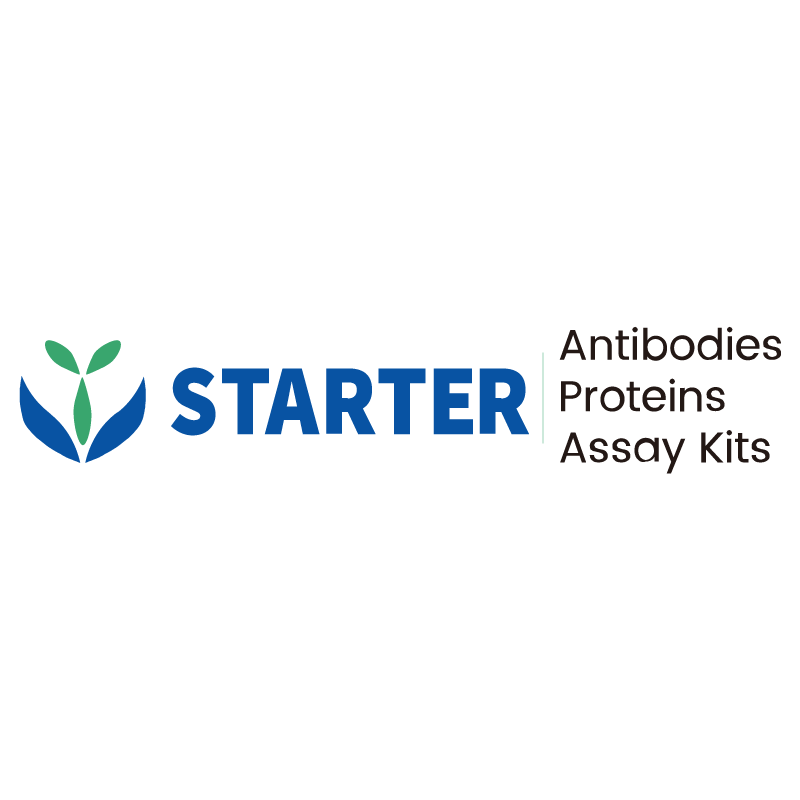Flow cytometric analysis of Mouse CD204 expression on BALB/c mouse peritoneal exudates cells. BALB/c mouse peritoneal exudates cells were stained with SDT FITC Rat Anti-Mouse F4/80 Antibody (S0B5113) at 5 μl/test and either Alexa Fluor® 647 Rat IgG2b, κ Isotype Control (Left panel) or SDT Alexa Fluor® 647 Rat Anti-Mouse CD204 Antibody (Right panel) at 5 μl/test. Flow cytometry and data analysis were performed using BD FACSymphony™ A1 and FlowJo™ software.
Product Details
Product Details
Product Specification
| Host | Rat |
| Antigen | CD204 |
| Synonyms | Macrophage scavenger receptor types I and II; Macrophage acetylated LDL receptor I and II; Scavenger receptor type A (SR-A); Scvr; Msr1 |
| Accession | P30204 |
| Clone Number | S-R712 |
| Antibody Type | Rat mAb |
| Isotype | IgG2b,k |
| Application | FCM |
| Reactivity | Ms |
| Positive Sample | BALB/c mouse peritoneal exudates cells |
| Purification | Protein G |
| Concentration | 0.05mg/ml |
| Conjugation | Alexa Fluor® 647 |
| Physical Appearance | Liquid |
| Storage Buffer | PBS, 25% Glycerol, 1% BSA, 0.3% Proclin 300 |
| Stability & Storage | 12 months from date of receipt / reconstitution, 2 to 8 °C as supplied. |
Dilution
| application | dilution | species |
| FCM | 5μl per million cells in 100μl volume | Ms |
Background
CD204, also known as macrophage scavenger receptor 1 (MSR1) or scavenger receptor A (SR-A), is a class A scavenger receptor primarily expressed on macrophages and dendritic cells. It functions as a pattern recognition receptor that binds to a wide range of polyanionic ligands, such as modified lipid proteins and pathogen-derived molecules. CD204 plays roles in lipid metabolism, atherogenesis, and various metabolic processes. It is also involved in innate defense against pathogens and has been implicated in several diseases, including Alzheimer's disease. In cancer, CD204 is a specific marker of tumor-associated macrophages (TAMs) and is associated with poor prognosis in glioma and breast cancer. Additionally, CD204+ monocytes and macrophages can suppress proinflammatory cytokine production and protect mice from septic shock.
Picture
Picture
FC


